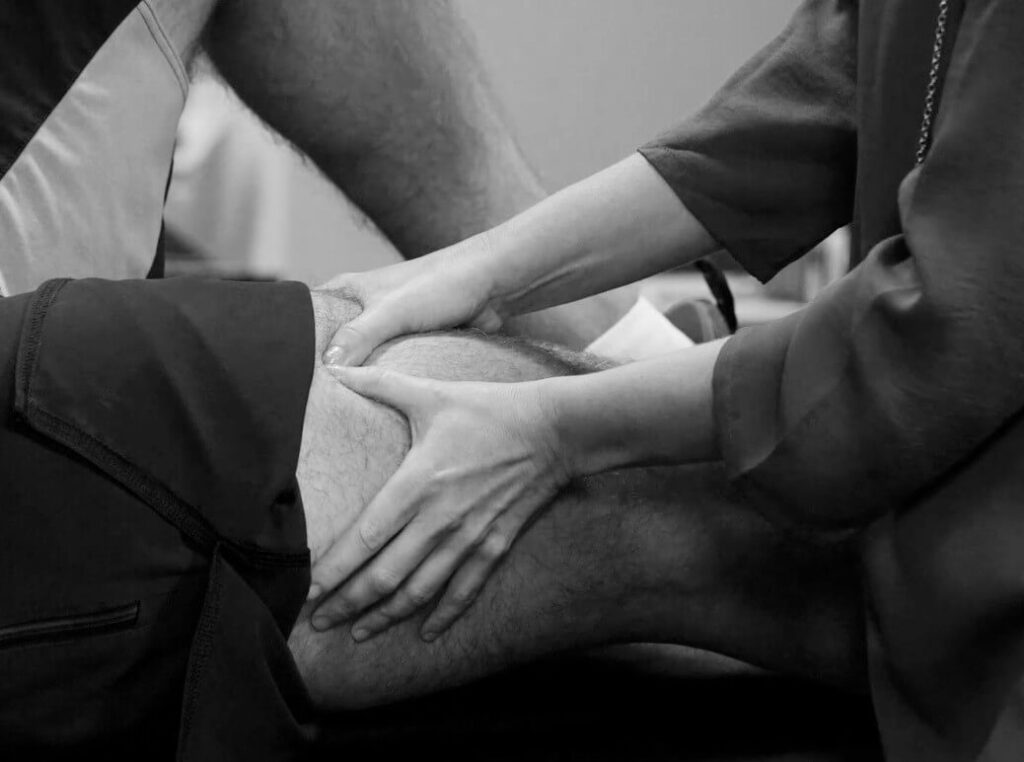Don’t Mask the Pain, Treat it! #ChoosePT

October is national physical therapy month, and this year the American Physical Therapy Association (APTA) has focused its vision and created the #ChoosePT campaign. This campaign is in response to the incredible epidemic of opioid drug addiction and abuse. According to the Center for Disease Control and Prevention (CDC), in 2014, more people died from drug overdoses than ever before on record, and more than 6/10 deaths involved opioids, including heroin. Deaths involving opioids have more than quadrupled since 1999, as have the number of prescription opioids sold in the US. These drugs include oxycodone, hydrocodone, and methadone, often prescribed for pain relief. This is an increasingly troubling problem, and the APTA takes this month to educate the public on the many reasons to choose PT as a safe, non-opioid management of pain and more.
Pain presents itself in the body when the equilibrium is disrupted, when something is wrong and needs to be addressed. Management of pain with prescription drugs often masks the problem, and creates a dependency on the drug, never addressing the underlying cause. Opioids can have an addictive nature, causing the person taking them to become dependent on the drug and its effects. Long-term opioid use actually changes cell interaction in the brain, causing the cells to become accustomed to the drug’s presence. The problem arises when the patient attempts to cease taking the drug and experiences significant withdrawal symptoms, including increased pain, chills, sweating, body aches, and drug cravings. This further fuels the patient’s drug dependency, often making the original pain problem worse.
However, when the source of pain is musculoskeletal or neuromuscular in nature, physical therapists are well-trained specialists in diagnosing and treating patients to return them to a functional life, void of pain. Don’t just mask the pain, treat it! Physical therapists evaluate and treat a wide variety of people everyday, complaining of all types of pain. We use special tests, movement analysis, observation, and manual therapy skills to evaluate and determine the possible sources of pain. Once determined, there are a wide variety of treatments and interventions available to the therapist to address both anatomical and movement dysfunctions.
Exercise is often avoided in people who are in pain. However, after proper patient evaluation, exercise is very often included as an important aspect in treatment and healing. Time and time again, exercise has been shown to be a vital part of a healthy lifestyle, aiding both tissue healing and body function. Physical therapists are highly educated in exercise prescription, especially in people with movement dysfunctions and in the presence of pain. Not only is movement altered by pain, but movement has the power to alter pain. Through very individualized and specifically directed exercises, physical therapists aim to re-educate the brain-body connection and improve overall movement quality and patient function. Fundamental movement competency is the goal.
Alongside exercise, physical therapists utilize various manual therapy skills to treat pain. A few examples include Graston Technique®, soft tissue mobilization, myofascial release, joint mobilization and manipulation, dry needling, and stretching. These techniques can help achieve improved joint mobility, joint position and integrity during movement, muscle flexibility, consistency throughout soft tissue and fascia, and postural alignment to assist in the management of pain.
One of my favorite aspects of physical therapy is patient education. Knowledge is very powerful. Patients often tell me the worst part of their situation is not knowing why they’re experiencing pain or not knowing how to help manage the pain. The moment the source of pain is identified and understood, it empowers the patient. The educated patient has ownership of both the pain and the treatment. It changes everything. It gets even better, though. Educating the patient on the reasoning behind each intervention further empowers the patient and aides in the psychological aspect of pain management and healing. This understanding allows the patient to continue treatment and pain management outside of the therapy room, and help avoid injury in the future.
In conclusion, physical therapy does not present risks and dangers like opioid or prescription drug use does. Physical therapists are very well equipped to evaluate, diagnose, and treat pain of musculoskeletal and neuromuscular origins. And so, physical therapy is an excellent alternative to prescription drugs in the management of pain. Don’t just mask the pain, treat it! #ChoosePT

